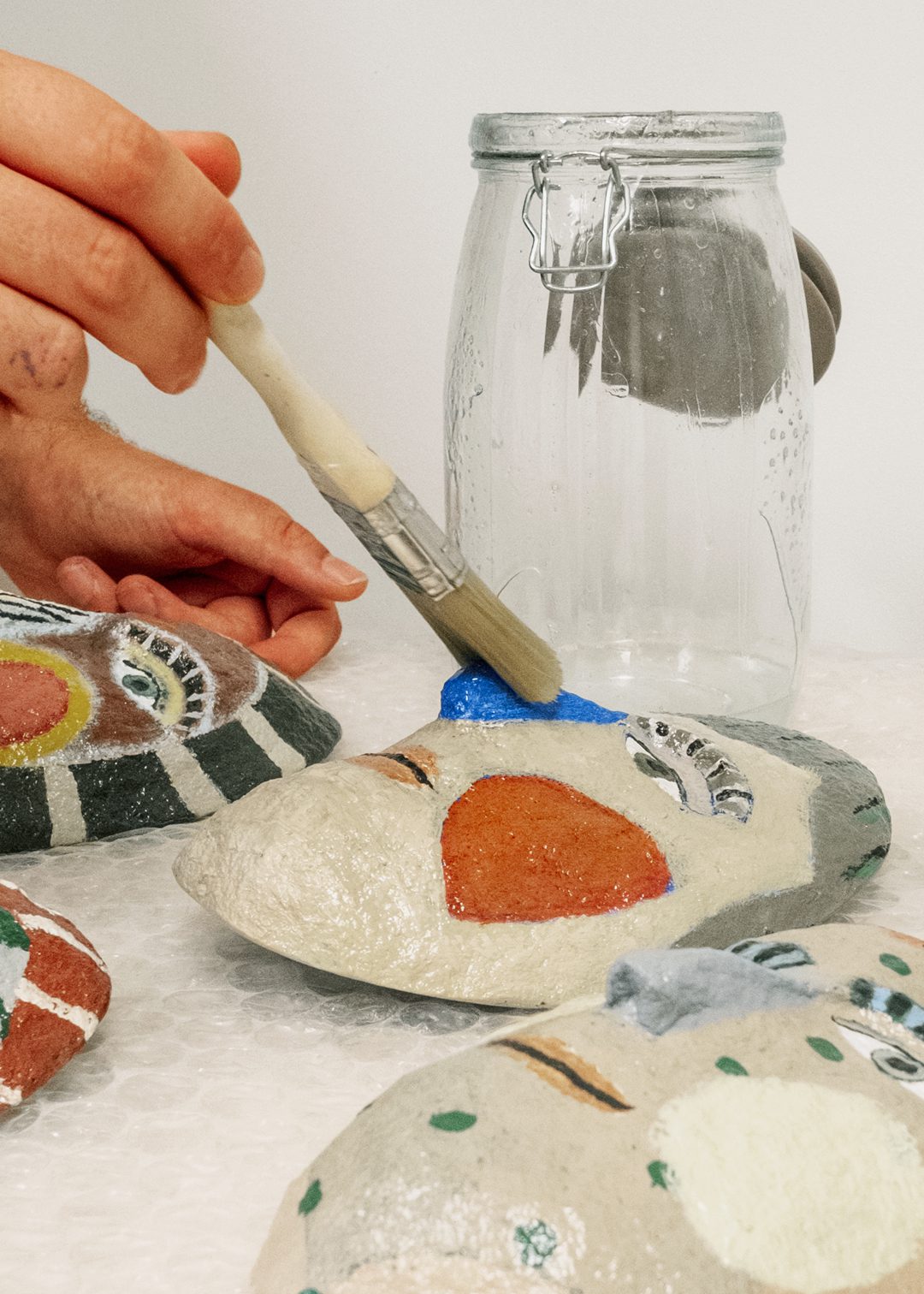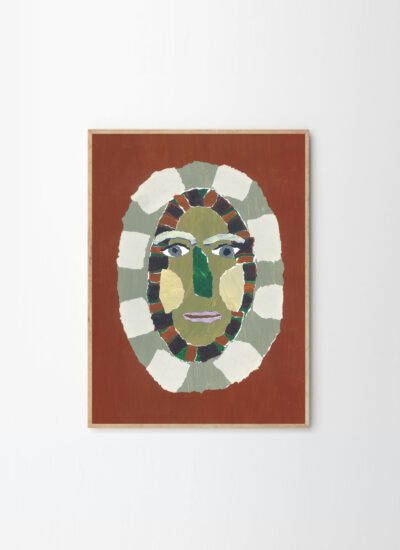Park Pardon

Bloeme van Bon and Geran Knol, originally from the Netherlands and currently living in Antwerp, Belgium, form the duo known as Park Pardon. Both hail from small villages in the Frisian countryside, merely a few kilometres apart. Despite their close geographical origins, their paths did not cross until they met at an art school in Zwolle. During their four-year studies in illustration, they forged a strong friendship and discovered a shared passion for aesthetics and a mutual interest in “naive art and outsider art,” which led to frequent collaborations. In 2012, they graduated together as Park Pardon and the rest, as the saying goes, is history. In addition to their joint work, both Bloeme and Geran maintain individual practices, which they consider equally important as these offer alternative sources of inspiration for their collaborative projects.
Initially, they focused on creating stories and self-publishing them in zine format. They also translated their drawings into sculptures using various techniques, including papier-mâché. Their graduation showcased life-sized papier-mâché characters inspired by their drawings, marking the inception of their long-term project, Schijngelaten, in 2019.
Since the launch of Schijngelaten, they have devoted most of their time to creating masks, aiming to bridge the gap between fine art and design. Their work has led to numerous collaborations, allowing them to explore different contexts and approaches to their mask-making. Despite having crafted around 1,500 masks, they continue to discover new variations and techniques.

Their masks are primarily made of papier-mâché, but they experiment with various materials, including clay and fabric, to find the best fit for each project. For their series of art prints for The Poster Club, they used strips of coloured paper. “We wanted the posters to be a more abstract translation of the masks, so we ended up using a collage technique which has a similar approach to the layers in our masks,” they explain. Their method of painting the masks is highly intuitive: “Each mask has an underpainting by one of us and the other one completes it. Sometimes it takes many layers before we decide it’s finished.”
